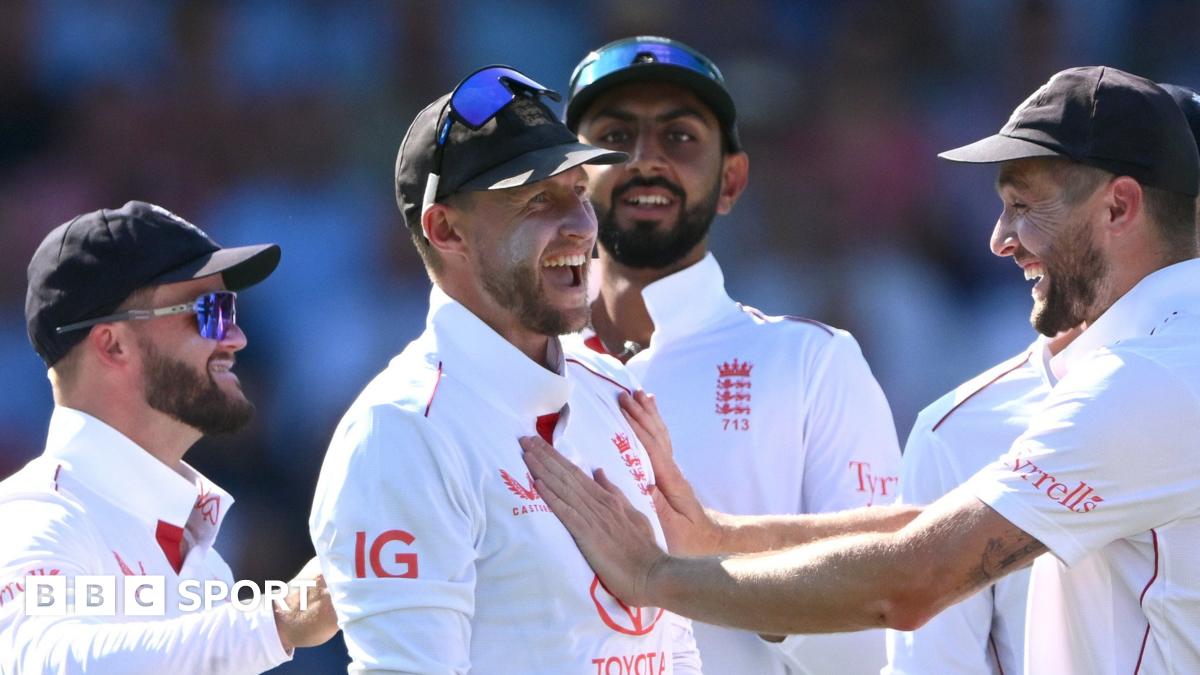For either man, or any of the other top catchers in the world, the common denominator is practice.
But taking catch after catch in training is barely half of the story. The easy bit of the drill is knowing the catch is coming. In a Test, it can be hours or days. Standing, crouching and waiting, hoping for the edge and having the concentration to be ready when it comes.
“That’s the beauty of it,” says Root. “You’re training your body, over and over again, that when the ball comes, you’re in the right position, lined up nicely, and staying nice and relaxed.
“It might be two days before you take a catch, but if it’s drilled into you, time and time again, it makes it that little bit easier. It takes that panic out of it.
“There are situations where the conditions are in the bowlers’ favour and you feel very much in the game the whole time. You are naturally in a very good headspace to catch. There are other times when it comes out of nowhere, catching you off guard.”
For the best catchers, being positioned in the busiest areas means the most chances. While that means most success, it also raises the likelihood of an occupational hazard: a drop.
“There are times when you want the floor to swallow you up, to disappear,” says Root. “The only way that you are going to feel remotely better is getting another opportunity, trying to put it right.
“You’ve got to want the ball, that next chance to come to you and be confident in yourself you’re not going to make the same mistake twice.”
Tracking drops is difficult, not least because it is hard to quantify what counts as a chance. One man’s dolly is another man’s screamer. According to CricViz, the 12 chances Root missed off Stuart Broad was more than he put down off any other bowler.
“He has let me know,” says Root. “He’s probably got a record of how many, against who, what the score ended up being and what it should have been in his mind.”
Read full article at source
Stay informed about this story by subscribing to our regular Newsletter



